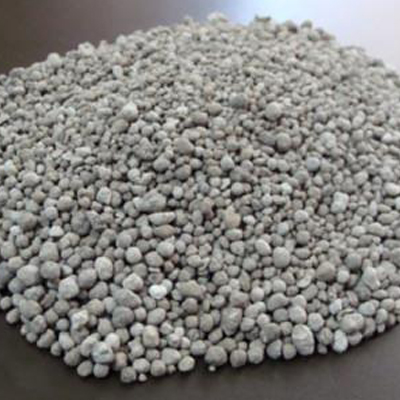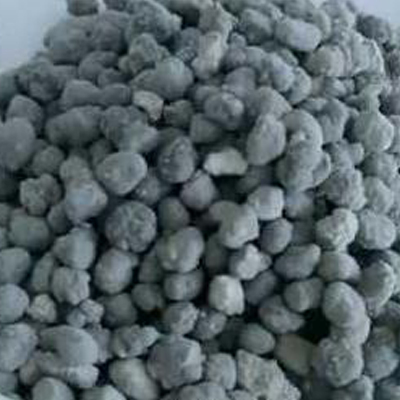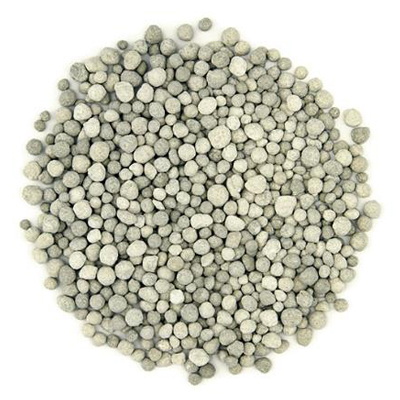Super Sulphate
The available phosphorus from superphosphates comes from monobasic calcium phosphate, which is sufficiently soluble to nourish crops.
Single Super Phosphate
Single superphosphate is currently one of the most widely used fertilizers as an alternative source for phosphorus and sulfur throughout the world. SSP is one of the cheapest forms of phosphate & Supplies sulphate sulphur and calcium. The ratio of phosphorus and sulphur suits many crop and pasture needs. Both the phosphorus and sulphur are in readily available forms. SSP can be stored easily for long periods, without taking up moisture.
Double Super Phosphate
DSP is a granular mineral phosphorus fertilizer. The basic structure of superphosphate contains 43% phosphorus, including up to 6.5% in the form of free phosphoric acid. DSP is suitable for all soils, mainly for the basal application and can be used for additional fertilizing. Double Superphosphate has good physicochemical parameters and is widely used as a phosphorus component in fertilizer mixtures composition, as well as chemical raw materials in industry.
Triple Super Phosphate
Triple Super Phosphate (TSP) fertilizer is composed of inorganic nutrients that are used to restore soil components essential for farming. Triple superphosphate is highly concentrated phosphorus fertilizer with contents of 46% di-phosphorus pentoxide (P2O5). It is appropriate for all types of soils which have рН within the limits of weakly acidic to alkaline medium.
Key features:
- Accelerates growth of root system
- It performs a decisive role for the formation of the quality of the production of cereals, vegetable, fruit, technical and oil-bearing crops;
- It eliminates the negative influence of one-sided nitrogen fertilization;
- Plants derive most phosphorus from the soil in the middle of their vegetation when the main volume of vegetative mass is formed and the production is created.
The following is observed if there is no sufficient phosphorus in plants:
- Weak and abnormally developed root system;
- Small-sized and curled at edges blue-green or green leaves with bronze or violet shade;
- The development, florescence and ripening of the fruits are inhibited;
- Low resistance to frost and cold;
- Intensely reduced yield of poor quality.



